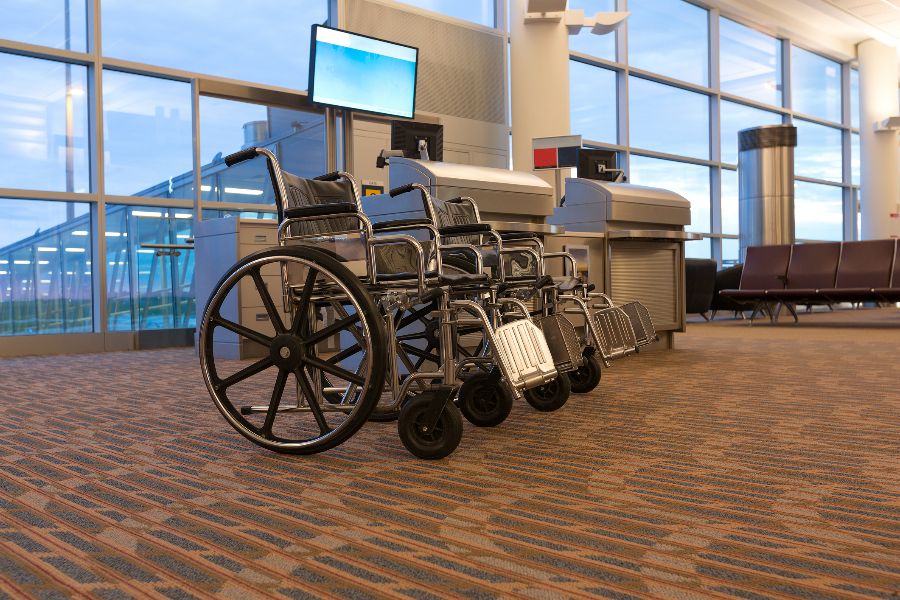
Accidents on international flights

Millions of passengers fly in and out of Scottish airports on thousands of flights each year. But what happens if a passenger is injured while travelling on an international flight?
The rights and liabilities of passengers and airlines on international flights is governed by the Montreal Convention 1999, as incorporated into Scots law by the Carriage by Air Act 1961.
In relation to personal injury the Convention imposes strict liability on carriers (i.e. there is no requirement to prove fault or negligence by the carrier) if the injury took place on board the aircraft or in the course of any of the operations of embarking or disembarking. However, damages are capped under this provision at around £108,000 (value at August 2022). Beyond the capped amount fault or negligence by the carrier must be proved to recover damages. The carrier can avoid liability for damages exceeding the capped amount if it can prove (1) such damage was not due to the negligence or other wrongful act or omission of the carrier or its servants or agents; or (2) such damage was solely due to the negligence or other wrongful act of a third party.
This two tier regime for liability for personal injury was recently considered by the Court of Session in the case Mather v Easyjet Airline Company.
Mr Mather, who was a wheelchair user, flew from Edinburgh to Hamburg, Germany. When he arrived in Hamburg, assistance personnel helped him into an airport wheelchair as his own chair was still in the hold, and pushed him onto the air bridge leading towards the terminal building in a manner described as ‘brisk’. At the entrance to the building the wheelchair hit the raised edge at the point where the air bridge met the terminal, causing him to fall out the wheelchair. He landed on the marble floor, just inside the threshold of the terminal building. He suffered fractures to both legs.
Proceedings were raised against Easyjet, who sought a contribution from the employer of the assistance personnel at the airport in respect of any damages exceeding the capped amount.
The airline argued that the accident was caused solely by the worker pushing the wheelchair who was employed by agents of the airport. The airport’s agents submitted that the airline was responsible for Mr Mather’s safety until he was inside the terminal building, and thus was responsible for the actions of the assistance personnel whilst on the air bridge.
The court held that the event which caused the injury to Mr Mather was an accident which took place in the course of disembarking. The services provided to the airline by the airport’s agents were in furtherance of the contract of carriage by assisting Mr Mather to disembark the flight. They were services which the airline itself would have been required by law to provide, had the airport not arranged them, as they were part of the process of disembarkation. It followed that the airline was liable for the negligence of the assistance staff, and was therefore liable for unlimited damages.
Passengers can be reassured that, due to the high safety standards maintained within the airline industry, the majority of air travel accidents will involve minor injuries falling under the strict liability regime.
You should be aware, however, that claims under the Montreal Convention must be raised in court within two years of the date of the flight’s arrival at the destination. This time-bar limitation is shorter than most other personal injury claims (which must be raised in court within three years). If you are involved in an air travel accident, you should therefore seek legal advice as soon as possible.
Email Gordon Milligan
Call our personal injury claims team free on 0808 560 0872
Arrange a callback by using our enquiry form
Share this page
- Personal injury claims
- Our personal injury team
- How to make a personal injury compensation claim
- How to choose a personal injury solicitor
- Claim now
- Personal injury claim calculator
- How claims are valued
- Frequently asked questions
- Types of personal injury claim
- How to sue someone in the Scottish courts
- Recent successes
- Case studies
- Testimonials
- Injury Compensation Alliance

